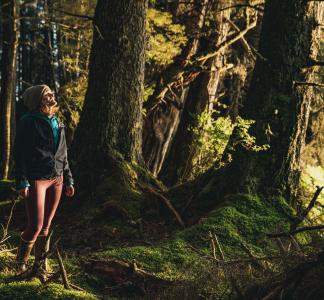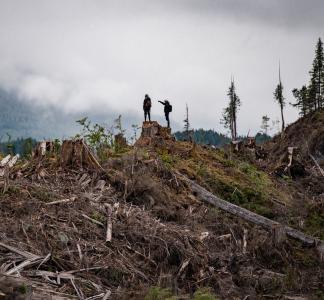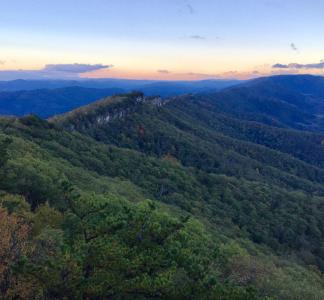Tongass roadless protections reinstated: 4 reasons that’s great news
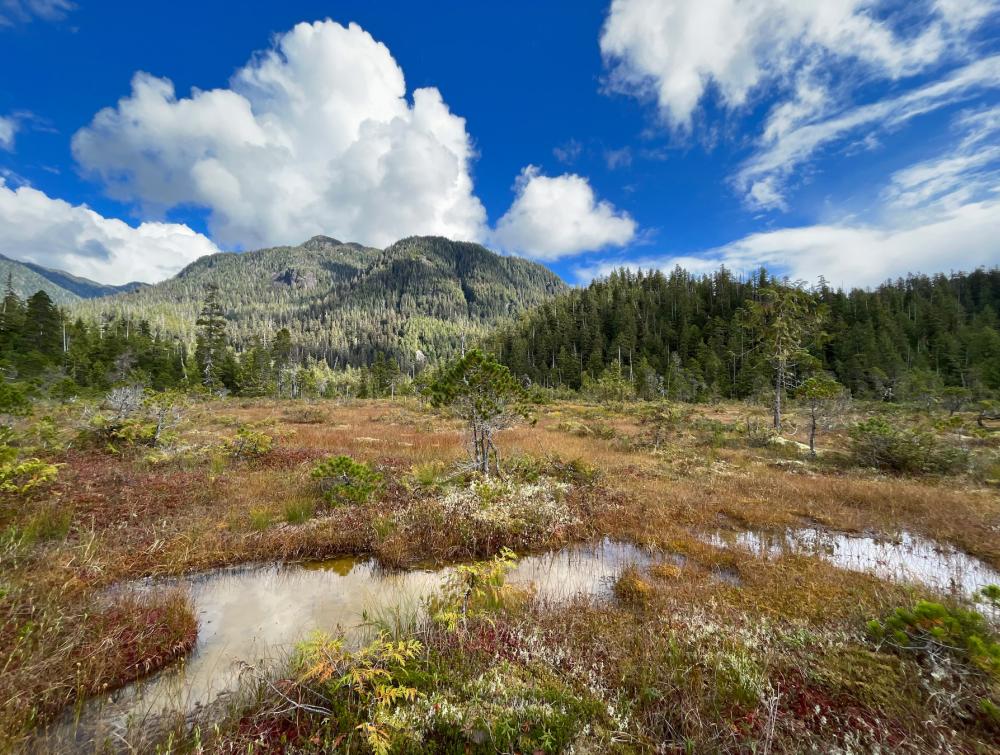
Ketchikan Misty Fjords Ranger District in Tongass National Forest, Alaska
Angela Ma, USFS, Flickr
Biden admin action key for Indigenous communities, boosts climate solutions
The Biden administration has officially reinstated roadless forest protections in the Tongass National Forest, one of the world’s last intact temperate rainforests.
For years, Indigenous communities in Southeast Alaska have been the driving force behind efforts to prevent destructive logging and other forms of development in the wildest parts of the Tongass. This news is the culmination of their efforts.
“Through the leadership of the Indigenous peoples of Southeast Alaska, we have made our voices heard and will see over 9 million acres of ancestral homeland and invaluable old-growth forest protected from harmful development,” said Meda DeWitt, senior specialist for Alaska at The Wilderness Society, in a joint statement.
The move is also an example of the kind of big, bold steps we need to take in conserving U.S. forests in the future—especially mature and old-growth forests, which are such vital allies against climate change and uniquely suited to supporting plant and animal life.
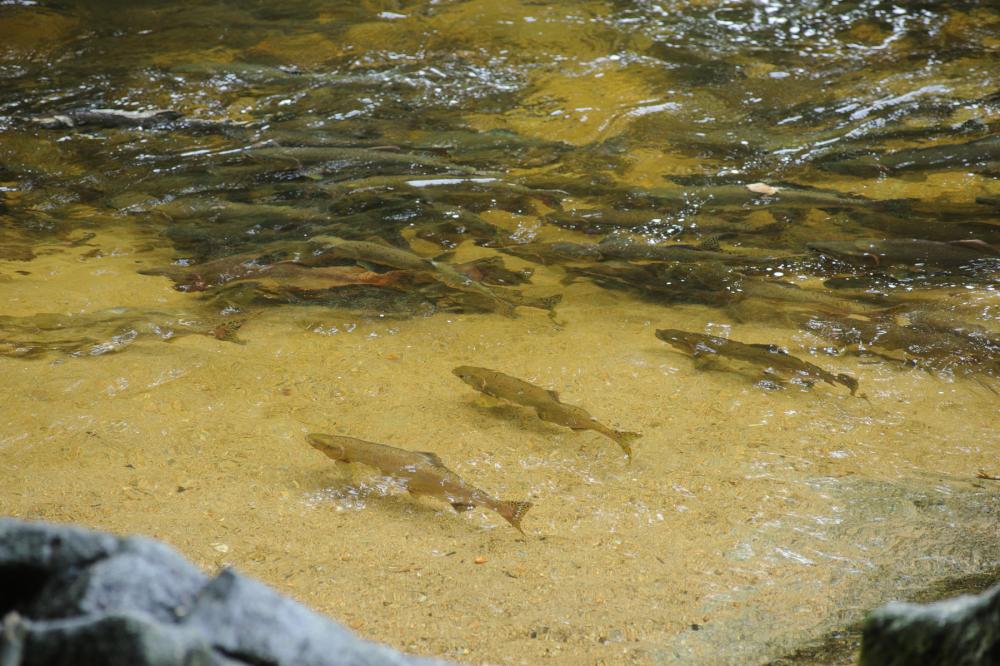
Salmon in Anan Creek, within Tongass National Forest's Anan Wildlife Observatory Site
Mark Meyer, USFS, Flickr
Here are four reasons—out of many, many more—that this Tongass news is a big deal:
-
Tongass National Forest is important to Indigenous communities in Alaska
The restored protections are an especially important moment for the Tlingit, Haida and Tsimshian peoples, for whom the Tongass is homeland and source of physical sustenance and spiritual vitality. Tens of thousands of Indigenous Alaskans live in the Tongass, and they have been prominent among those speaking out in defense of the forest over the years.
-
Tongass National Forest is a climate change-fighting super-forest
Forests like the Tongass, with lots of big old-growth trees, are irreplaceable “carbon sinks” (just one example of how public lands can be made part of the climate solution). Stronger protection prevents those trees from being logged, both safeguarding the forest as a fully intact climate ally and keeping the absorbed carbon from re-entering the atmosphere.
-
Tongass National Forest is an important source of clean water
A forest acts as a water treatment network that catches rainfall, regulates storm runoff and pulls pollution from the soil (Roughly 180 million people in the U.S. rely on forest lands to capture or filter their water). Though it’s not near any big cities, the Tongass is no exception, providing clean water to several communities in Southeast Alaska. Restoring Tongass protections keeps that water treatment network in place and provides a measure of water security.
-
Tongass National Forest is “America’s Salmon Forest” (and contains habitat for other wildlife, too)
The waterways of Tongass National Forest produce a huge number of salmon that help sustain local fishing communities, earning it the unofficial designation "America's Salmon Forest." The Tongass also contains key habitat for wildlife like grizzly bears, moose and river otters. A big reason this area's watershed and wildlands are so prolific is that they’re much more intact and undamaged by human activity than elsewhere in the Pacific Northwest. Restoring protections to the Tongass will help ensure that continues.
By the numbers: Why this ancient rainforest is an important climate solution
Colin Arisman
WATCH: New film documents threats to Tongass National Forest, need for protection
Colin Arisman
Why it’s important to keep the wildest forests free of roads and logging
Matt Kearns, West Virginia Rivers Coalition
